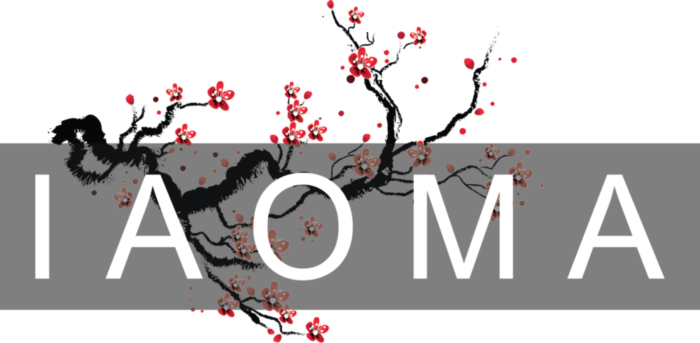Introduction to Traditional Asian/Oriental Medicine (OM)
With a history of 2000 to 3000 years, Oriental Medicine has formed a unique system to diagnose and cure illness. The OM approach is fundamentally different from that of Western medicine. In OM, the understanding of the human body is based on the holistic understanding of the universe as described in Daoism, and the treatment of illness is based primarily on the diagnosis and differentiation of syndromes.
The traditional OM approach treats zang–fu organs as the core of the human body. Tissue and organs are connected through a network of channels and blood vessels inside human body. Qi (or Chi) acts as some kind of carrier of information that is expressed externally through jingluo system. Pathologically, a dysfunction of the zang-fu organs may be reflected on the body surface through the network, and meanwhile, diseases of body surface tissues may also affect their related zang or fu organs. Affected zang or fu organs may also influence each other through internal connections. Traditional Oriental Medicine treatment starts with the analysis of the entire system, then focuses on the correction of pathological changes through readjusting the functions of the zang-fu organs.
Evaluation of a syndrome not only includes the cause, mechanism, location, and nature of the disease, but also the confrontation between the pathogenic factor and body resistance. Treatment is not based only on the symptoms, but differentiation of syndromes. Therefore, those with an identical disease may be treated in different ways, and on the other hand, different diseases may result in the same syndrome and are treated in similar ways.
The clinical diagnosis and treatment in OM are mainly based on the yin-yang and five elements theories. These theories apply the phenomena and laws of nature to the study of the physiological activities and pathological changes of the human body and its interrelationships. The typical OM therapies include acupuncture, herbal medicine, and qigong exercises. With acupuncture, treatment is accomplished by stimulating certain areas of the external body. Herbal medicine acts on zang-fu organs internally, while qigong tries to restore the orderly information flow inside the network through the regulation of Qi. These therapies appear very different in approach yet they all share the same underlying sets of assumptions and insights in the nature of the human body and its place in the universe. Some scientists describe the treatment of diseases through herbal medication, acupuncture, and qigong as an “information therapy.”
Modern Influences
In addition to its ancient roots, many Oriental Medical practitioners trained in Nationally Accredited universities have many hours of education in modern understandings of human biochemistry (often at least 500 credit hours). This blend of ancient and modern knowledge of health and the body is what makes Oriental Medical practitioners like acupuncturists so effective.
The eligibility requirements for acupuncturists and Oriental medical professionals as determined by the ACAOM (Accreditation Commission for Acupuncture and Oriental Medicine) can be found here. They provide a nice graphic on the different subjects and examinations required in order to be a nationally certified acupuncture or OM professional.
You can also find the World Health Organization’s Guidelines on Basic Training in Acupuncture here. The 35 page document explains what physicians and non-physicians should do in order to safely and effectively practice acupuncture and other OM therapies.
